How the CIA Created a Fake Western Reality for ‘Unconventional Warfare’
In 1950, the CIA helped establish the Congress for Cultural Freedom—an anti-communist advocacy group—to neutralize political opposition to Anglo-American culture.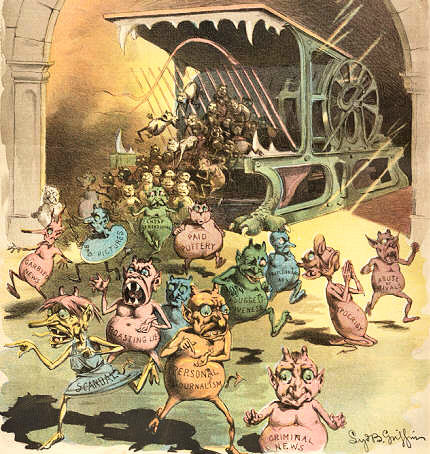 "The Evil Spirits of the Modern Daily Press," a cartoon from Puck magazine in 1888. (Wikimedia)
1
2
"The Evil Spirits of the Modern Daily Press," a cartoon from Puck magazine in 1888. (Wikimedia)
1
2

“The Evil Spirits of the Modern Daily Press,” a cartoon from Puck magazine in 1888. (Wikimedia)
Independent journalism is under threat and overshadowed by heavily funded mainstream media.
You can help level the playing field. Become a member.
Your tax-deductible contribution keeps us digging beneath the headlines to give you thought-provoking, investigative reporting and analysis that unearths what's really happening- without compromise.
Give today to support our courageous, independent journalists.
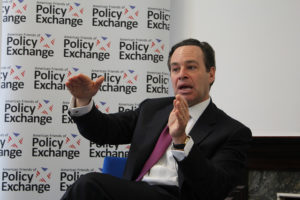

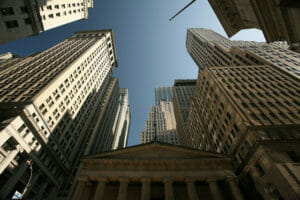
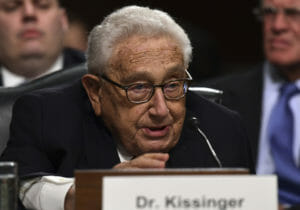

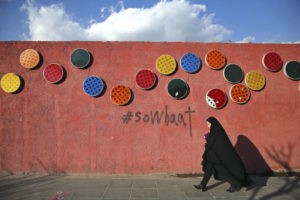
You need to be a supporter to comment.
There are currently no responses to this article.
Be the first to respond.